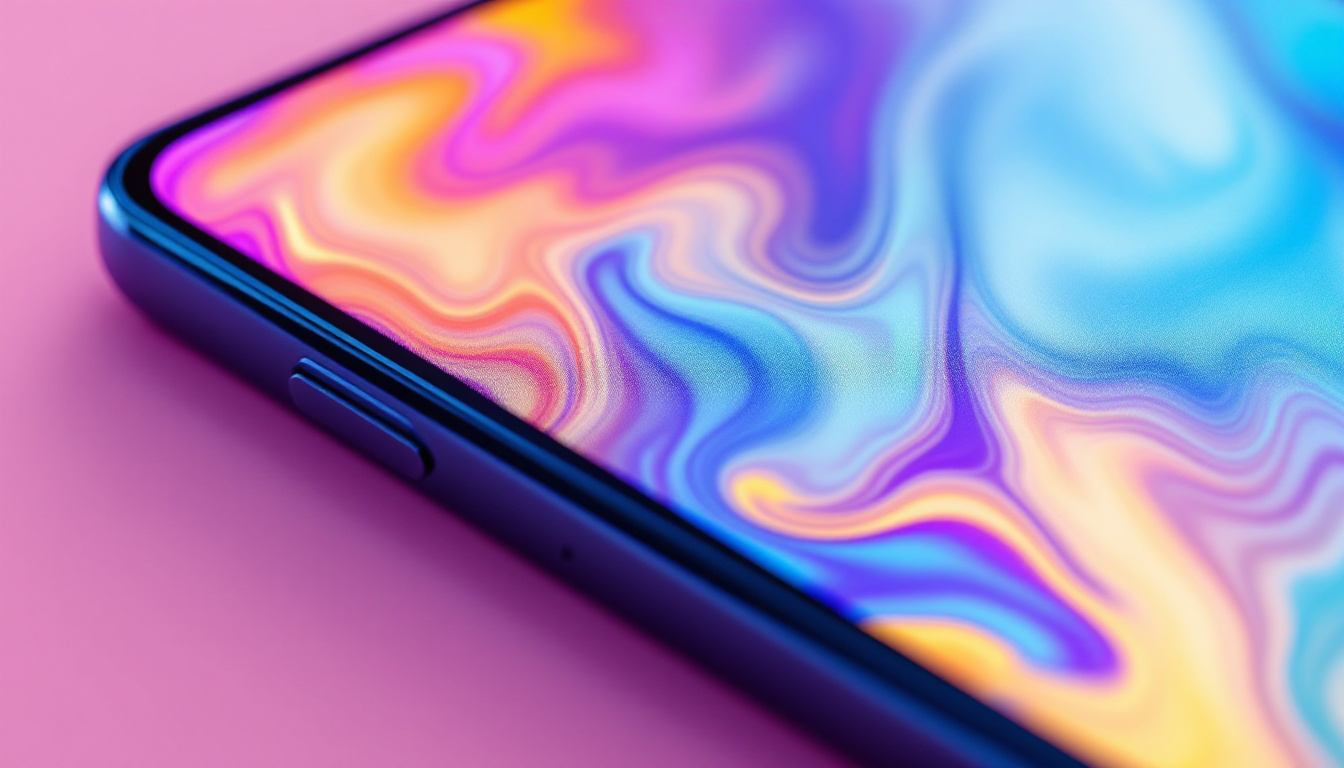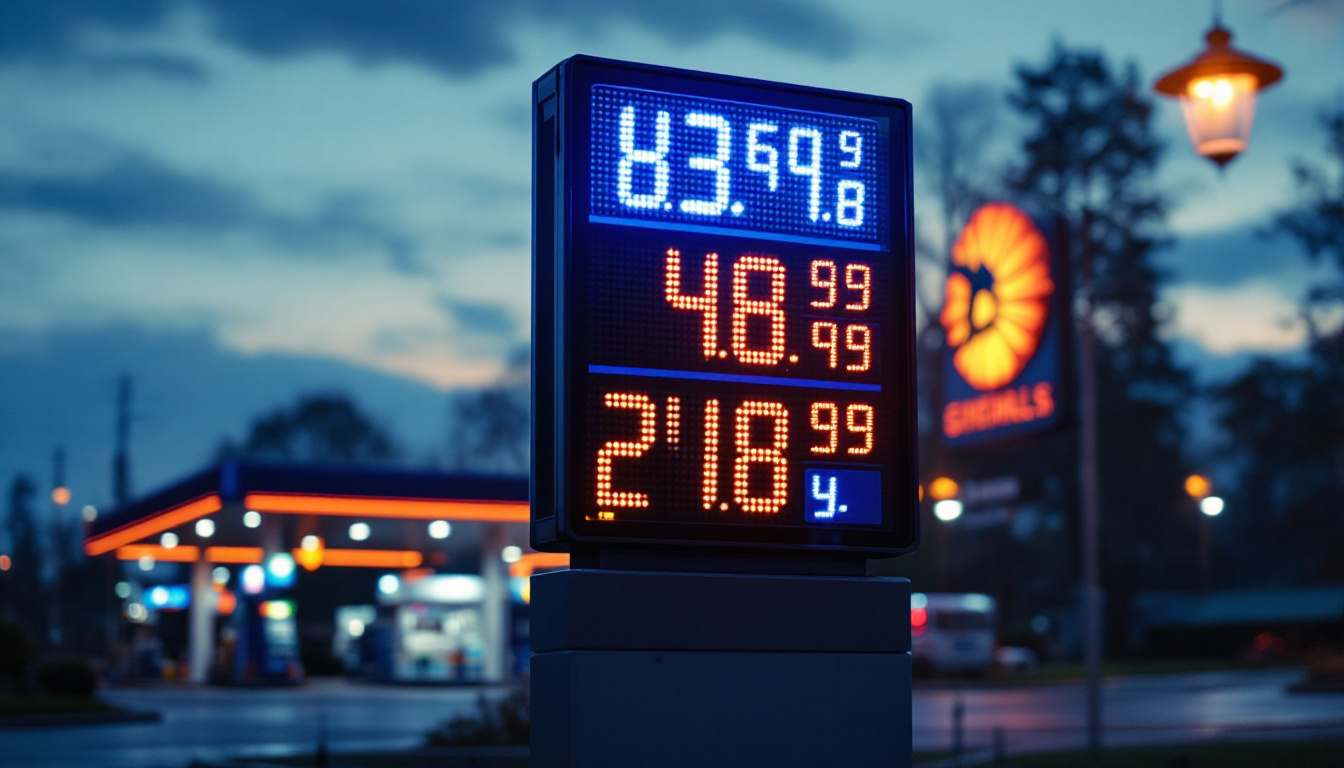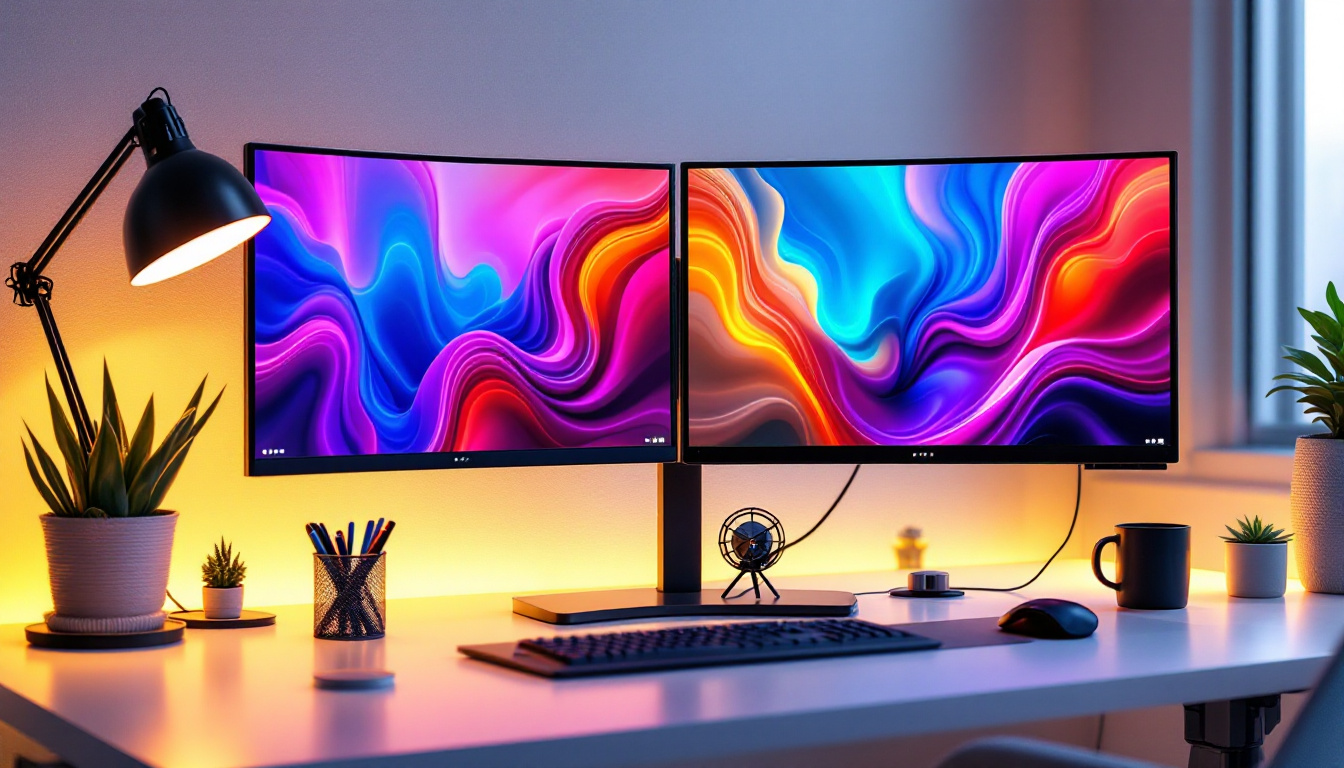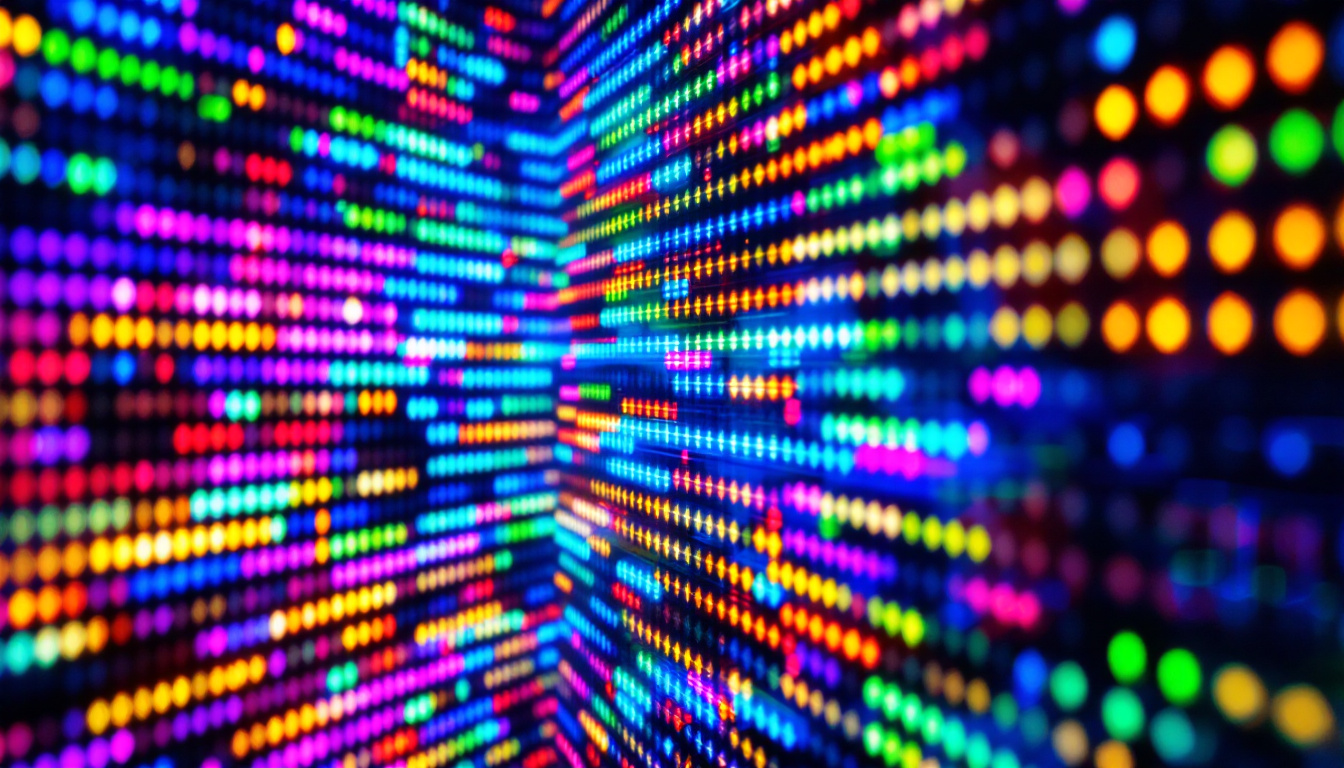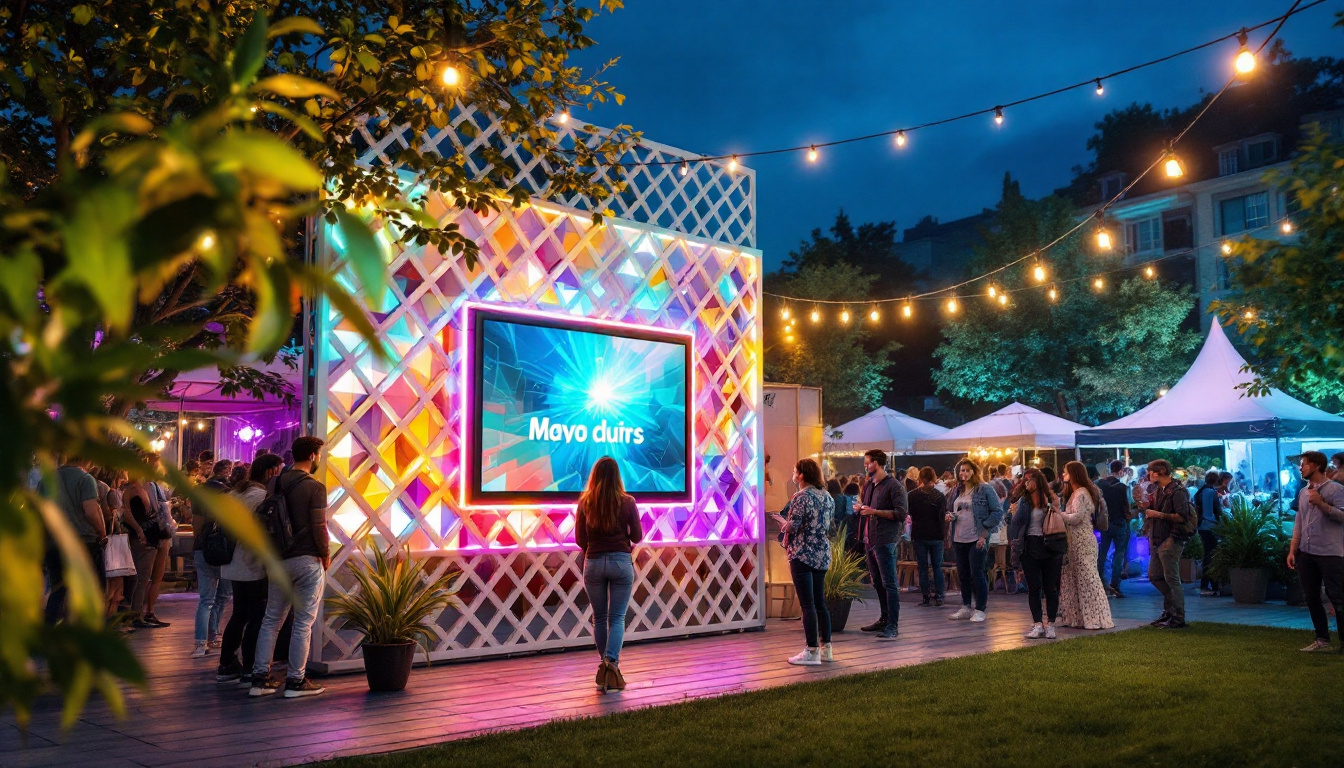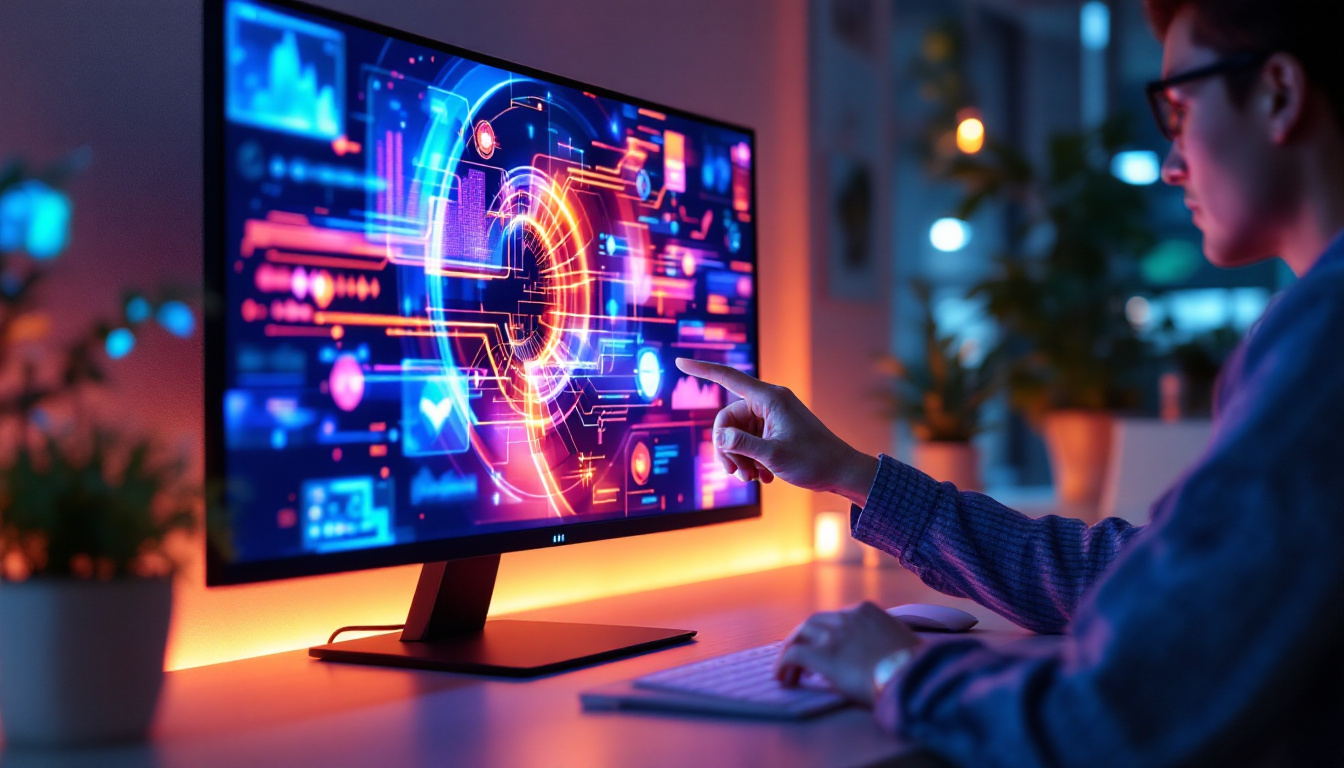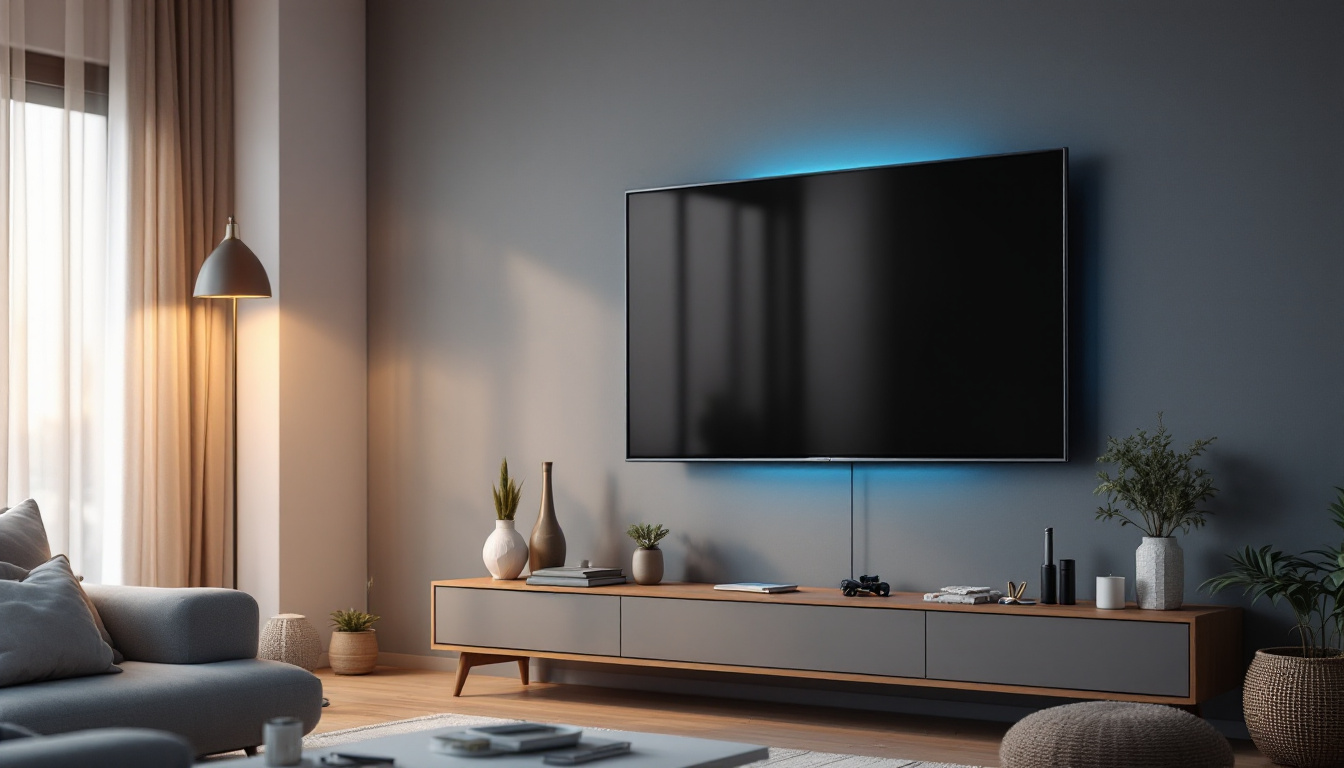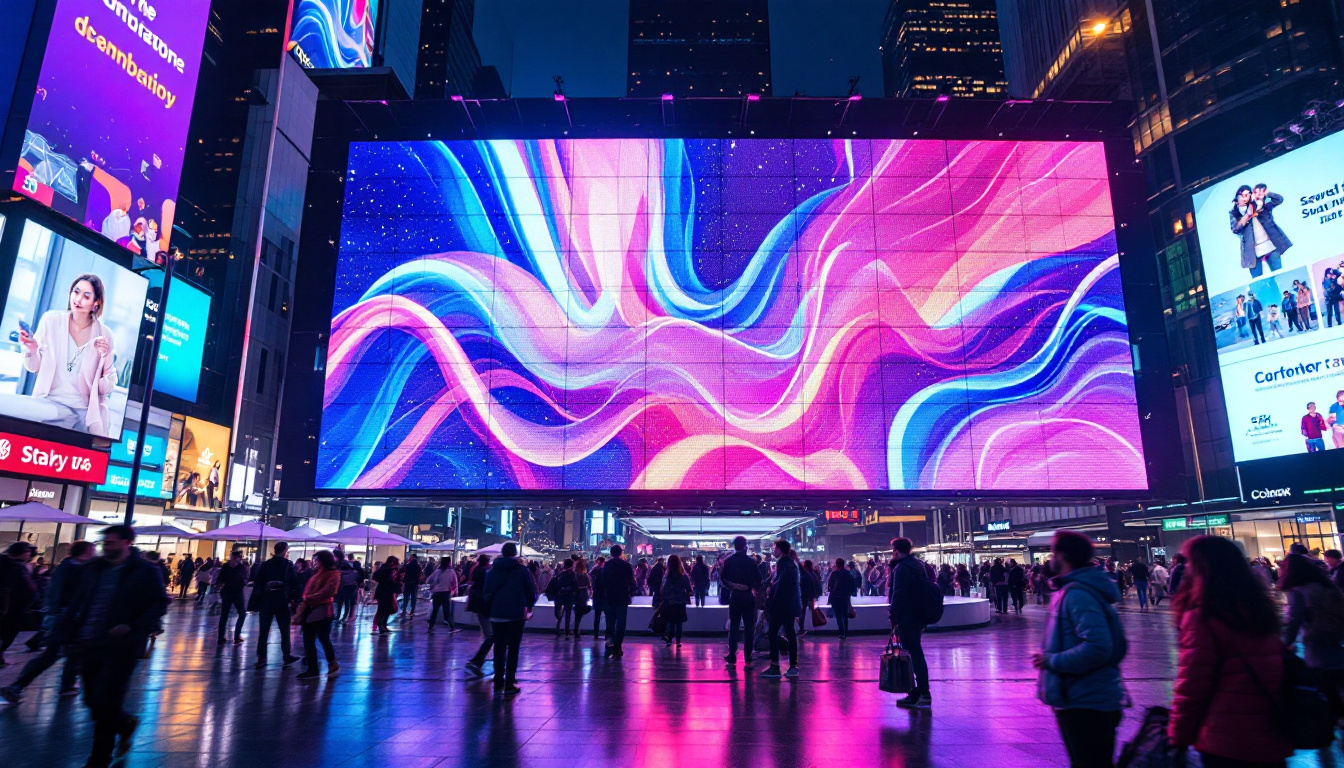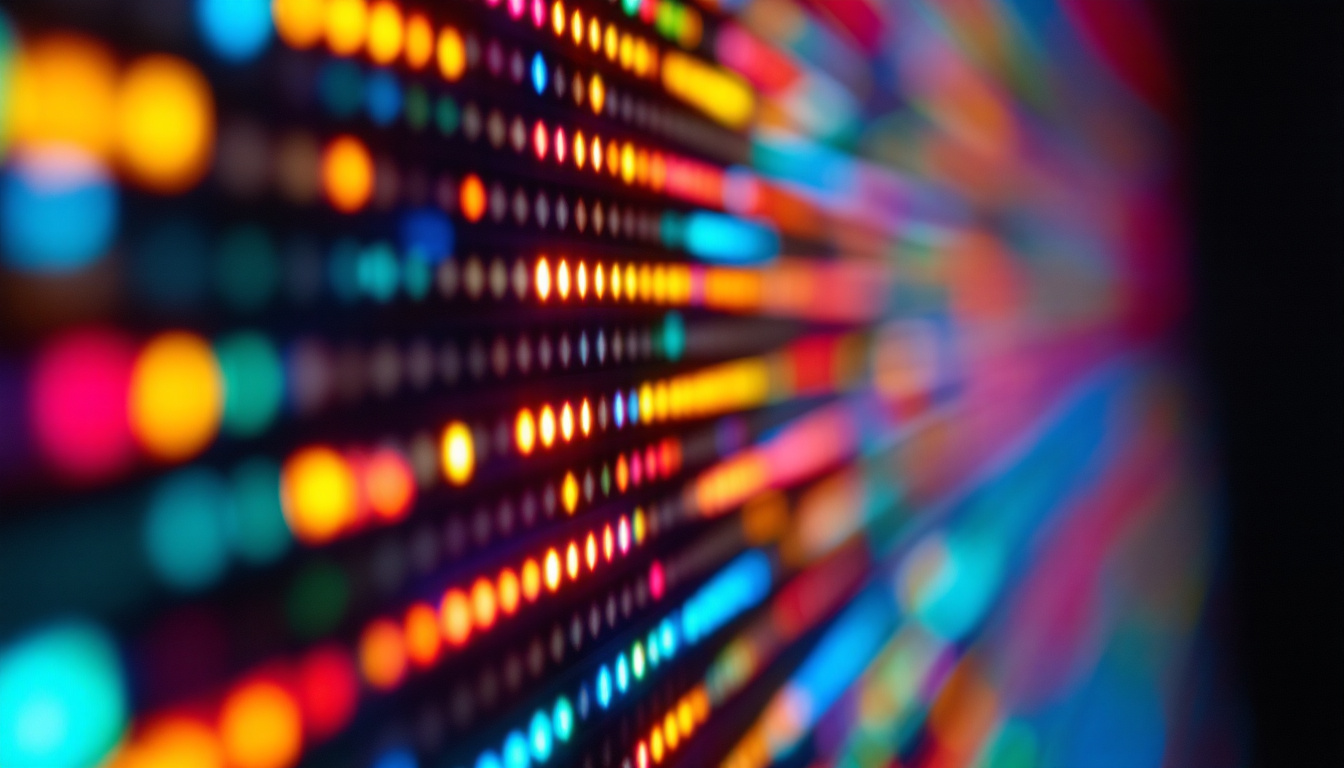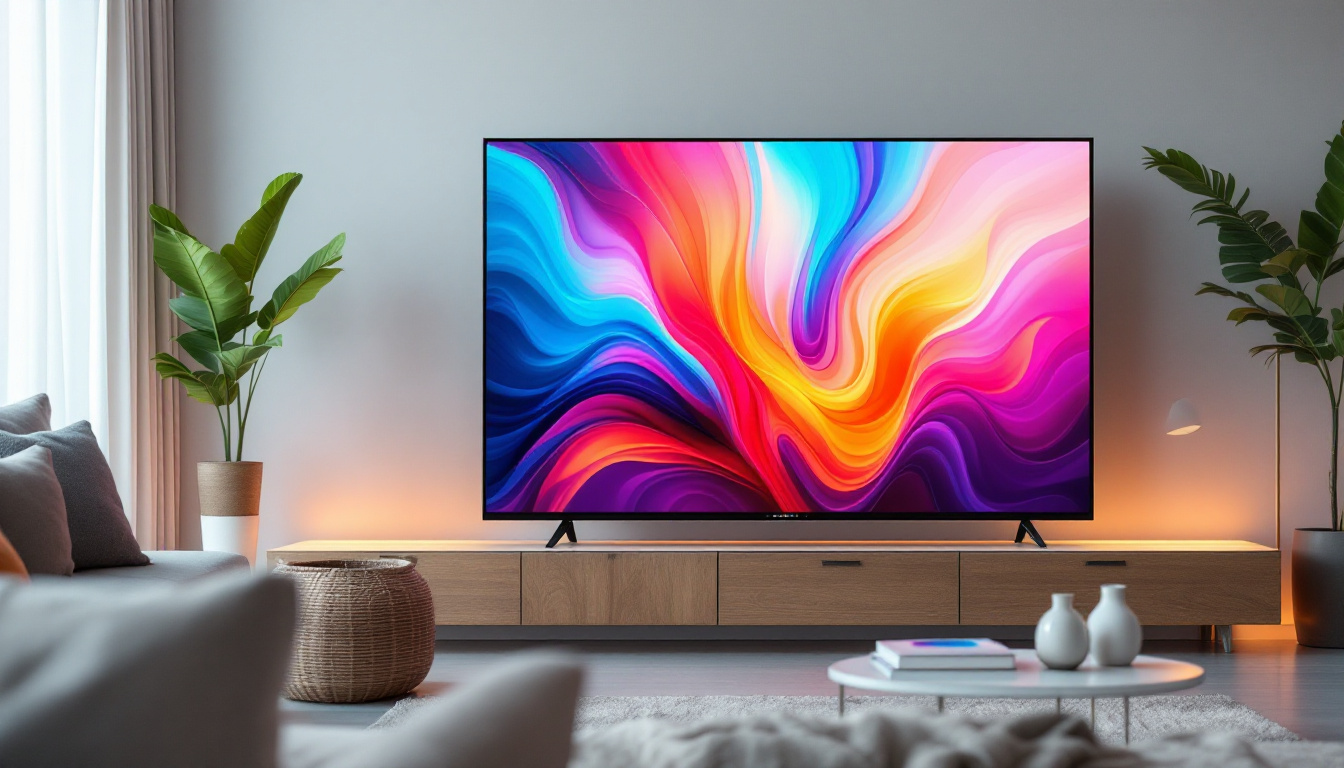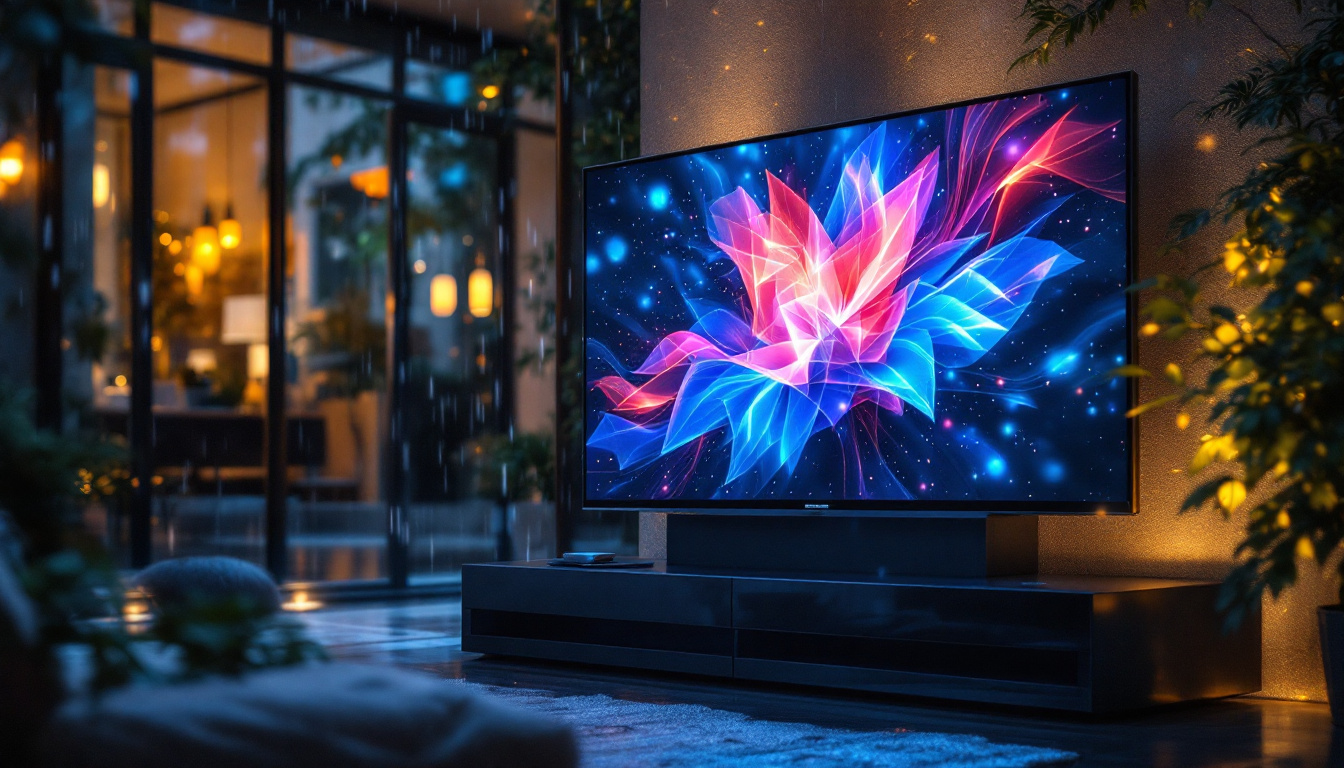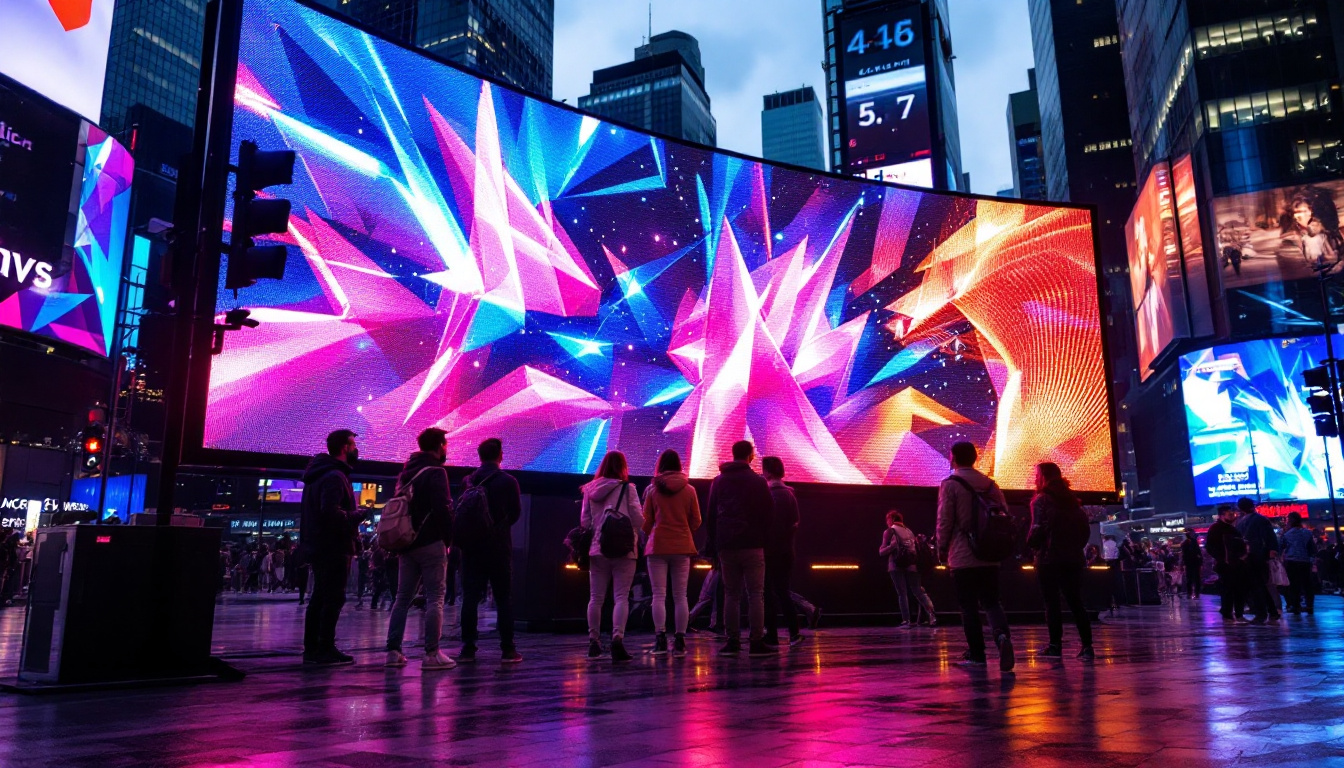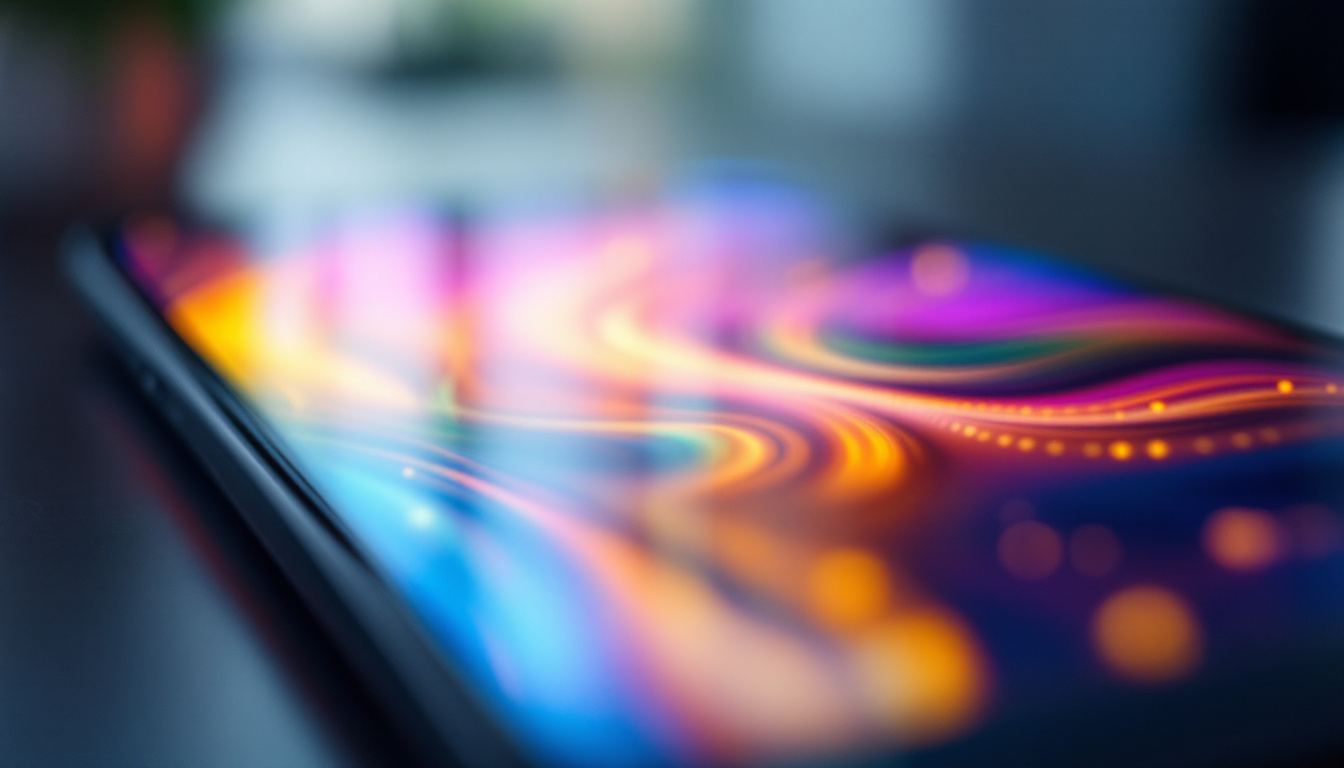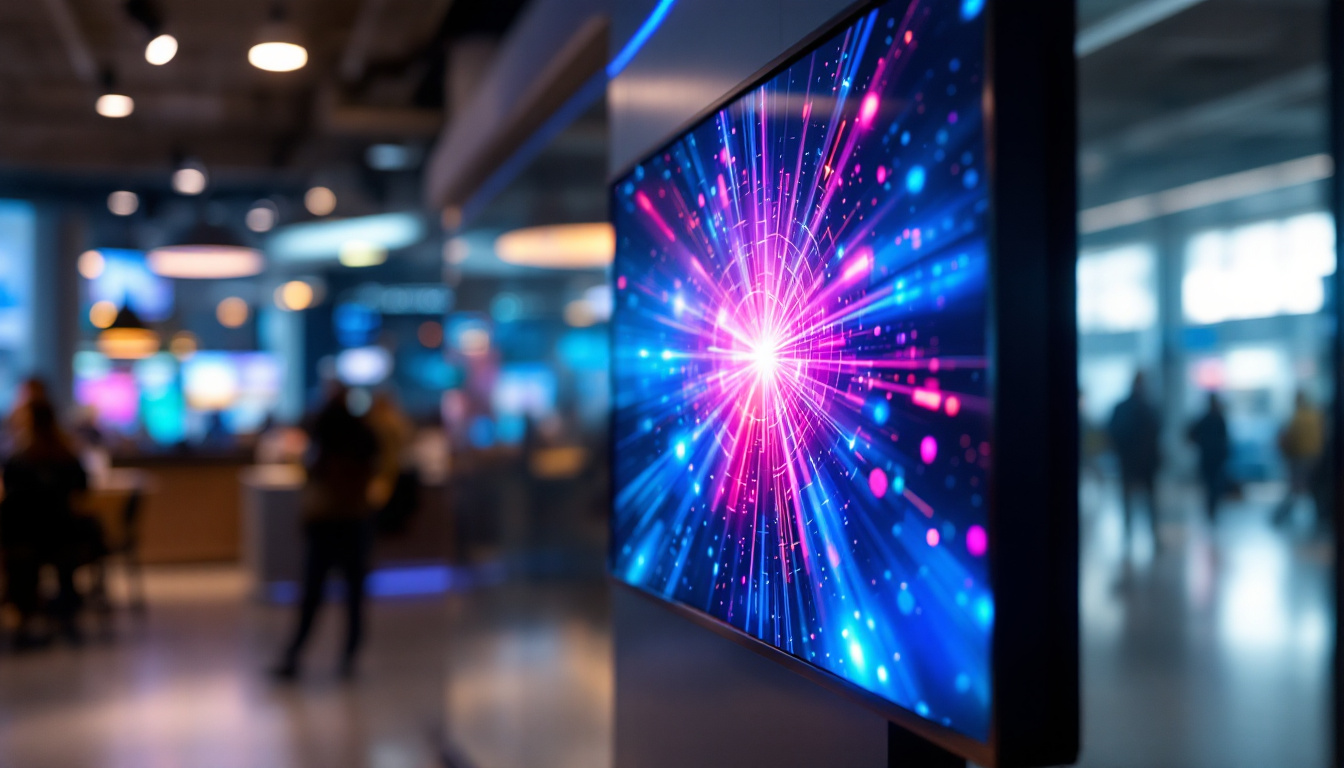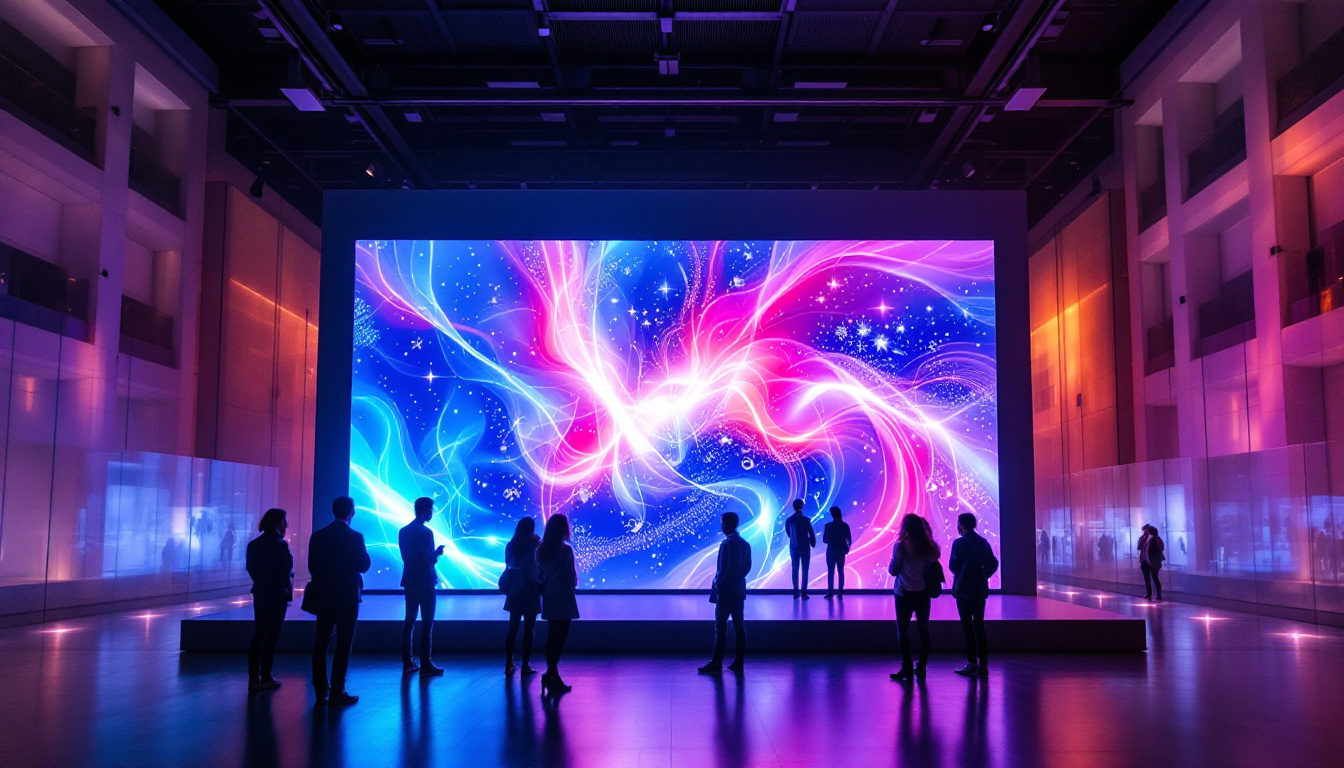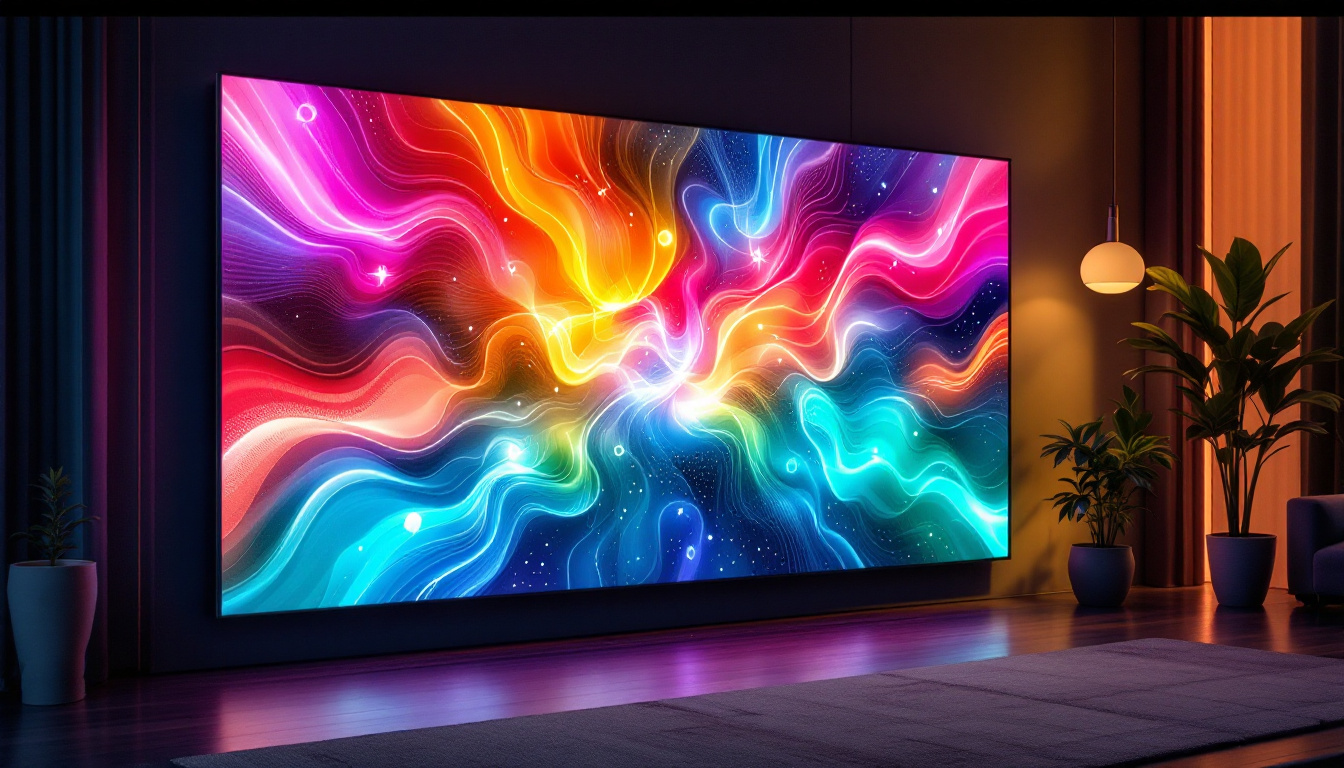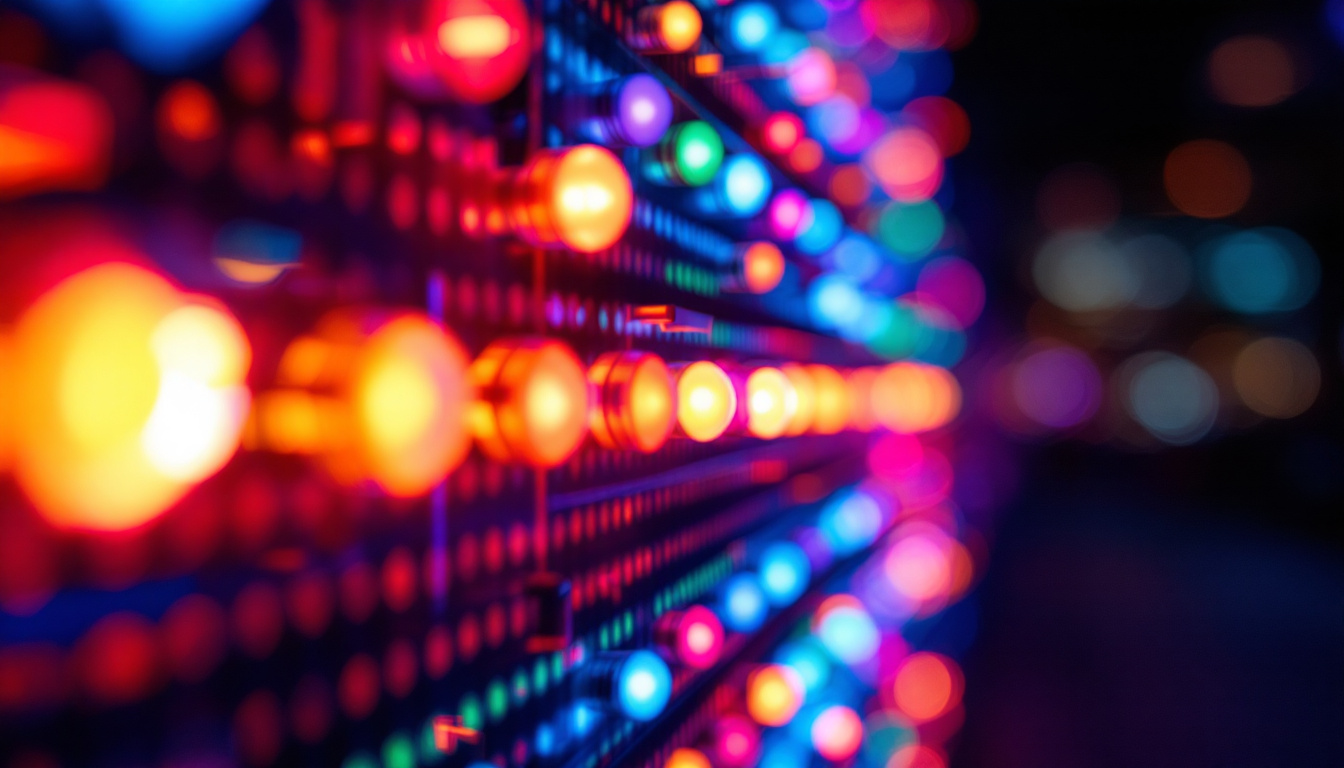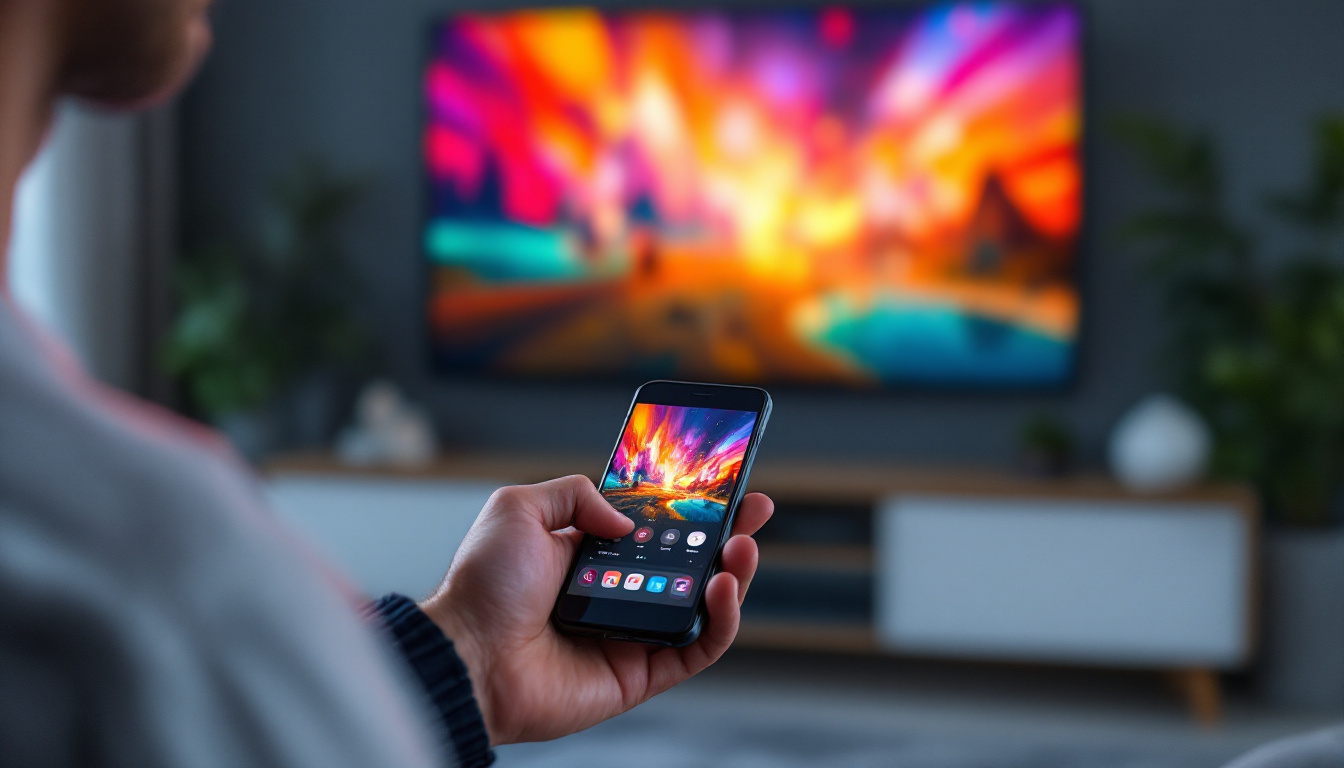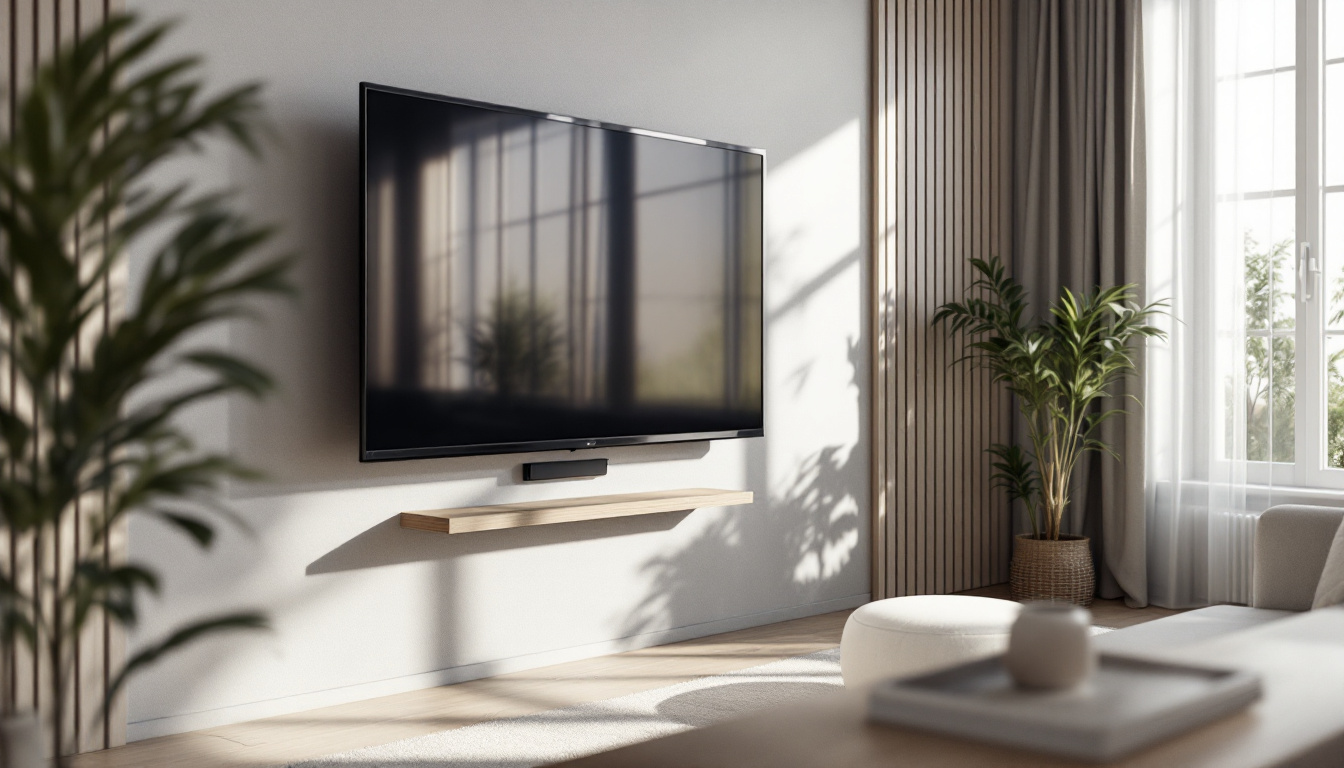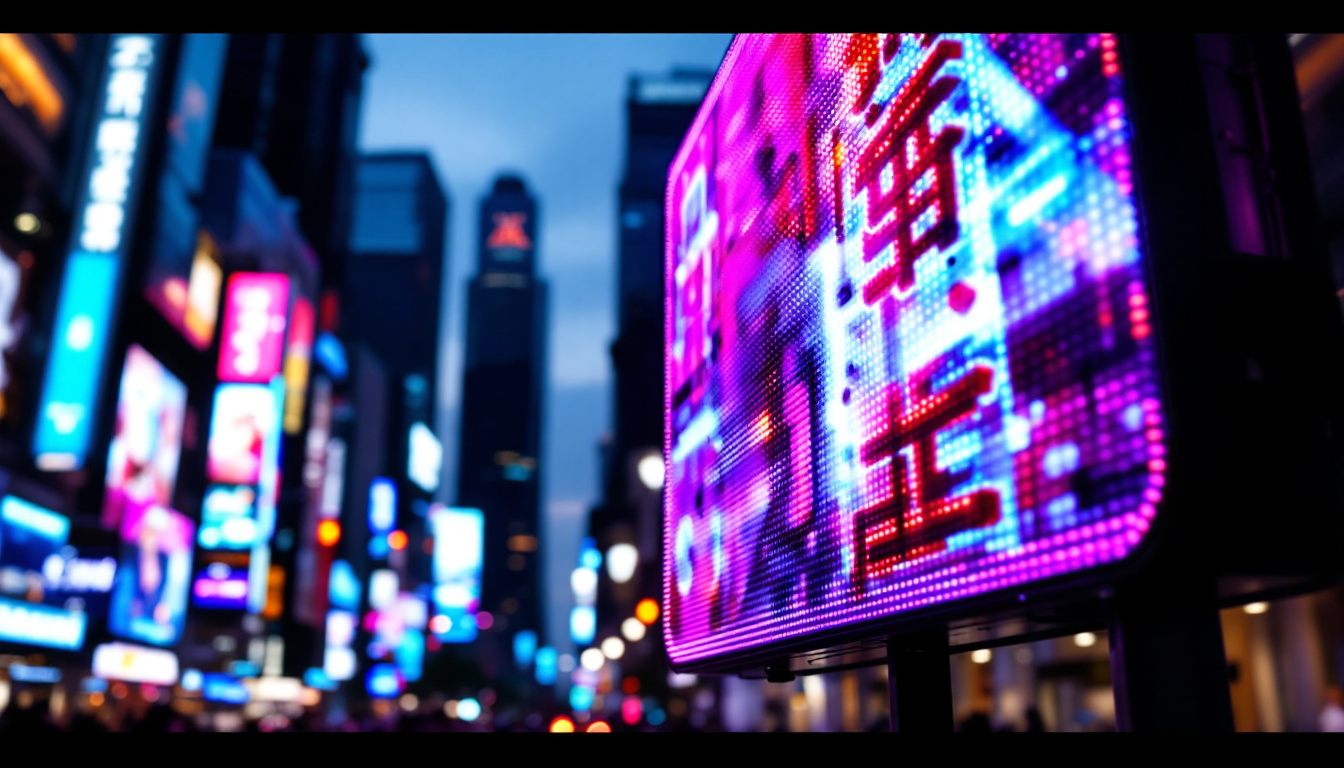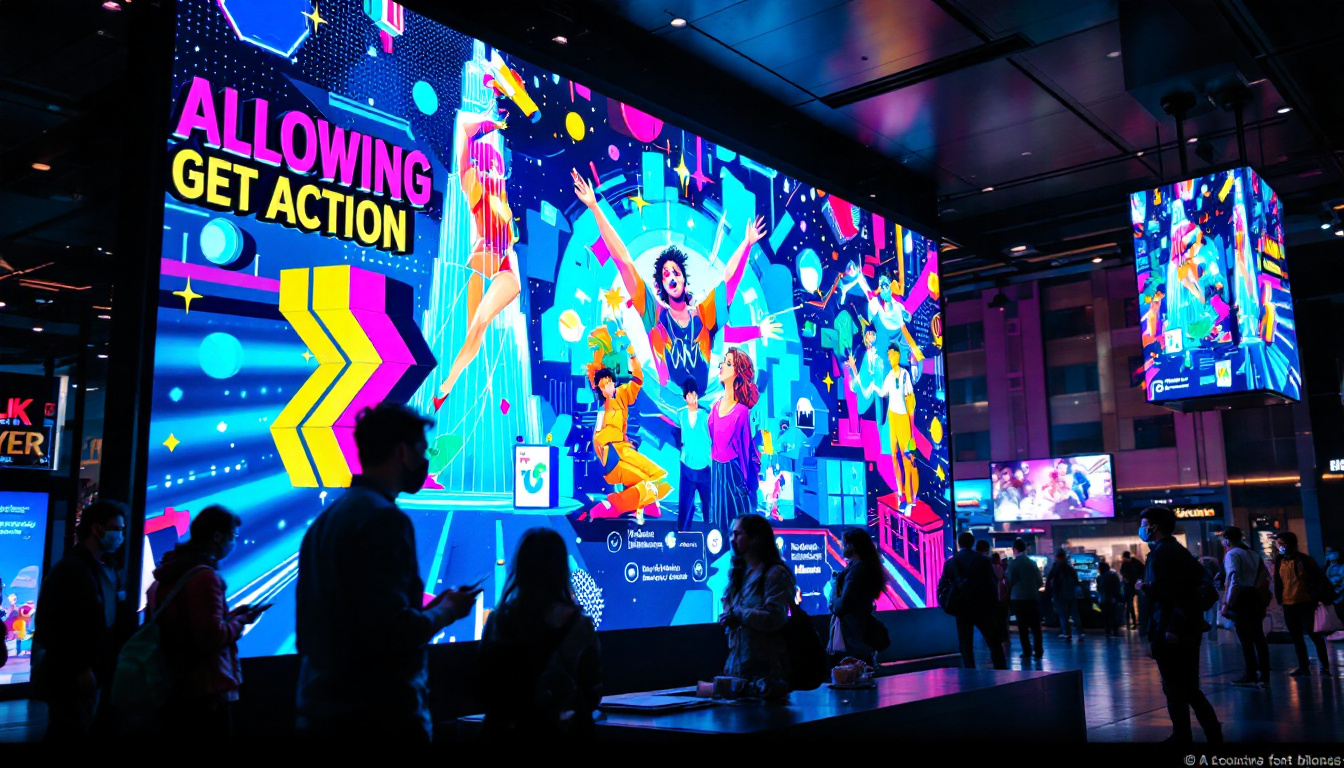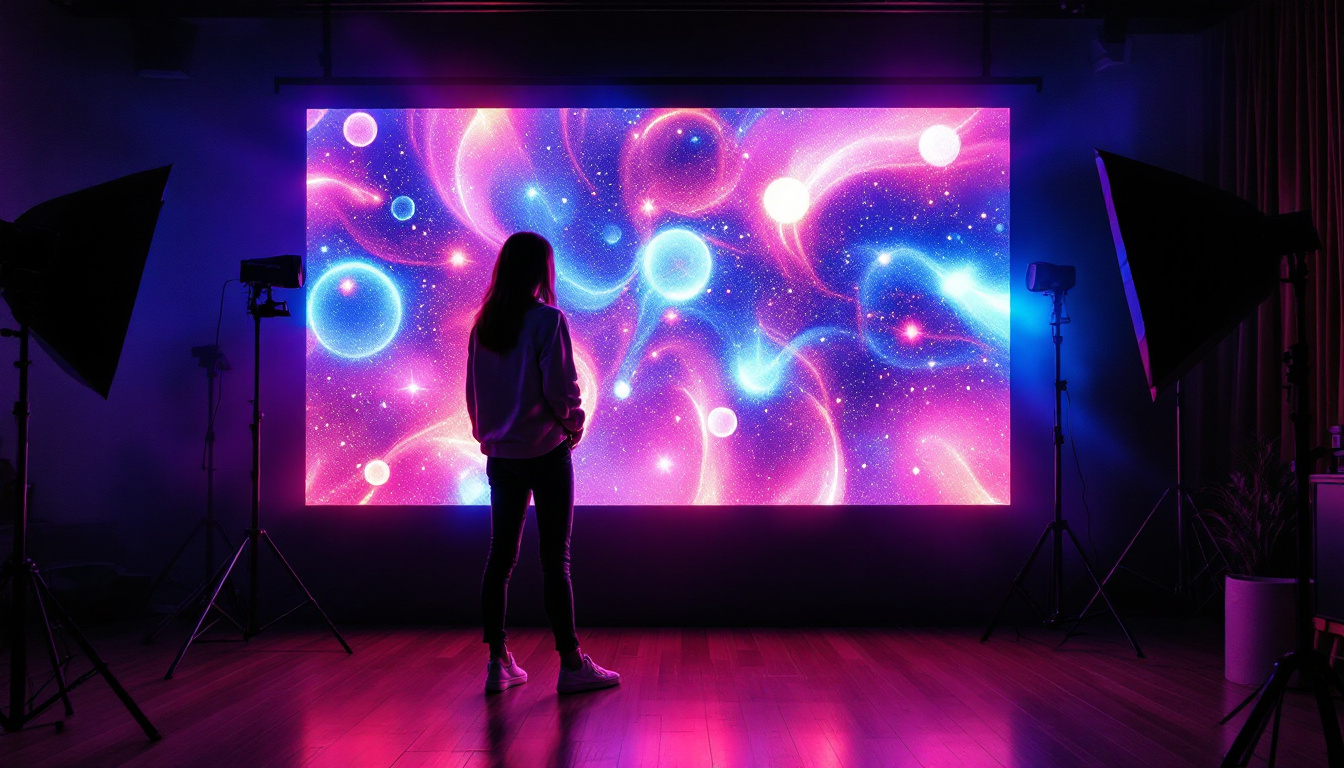In the modern world, technology has become an integral part of everyday life. One of the most significant advancements in this field is the development of LED displays, particularly in touch screen technology. This article delves into the intricacies of 15-inch touch screen LED displays, their functionality, applications, and advantages.
Understanding LED Technology
Light Emitting Diodes (LEDs) have revolutionized the way we perceive and interact with screens. Unlike traditional display technologies, LEDs use semiconductor materials to emit light when an electric current passes through them. This results in brighter displays with better color accuracy and energy efficiency. The compact size of LEDs also allows for thinner and lighter display designs, making them ideal for modern devices ranging from smartphones to large-scale televisions.
Moreover, the longevity of LED technology contributes to its appeal. With a lifespan that can exceed 50,000 hours, LEDs not only reduce the frequency of replacements but also minimize waste, aligning with increasing consumer demand for sustainable products. As manufacturers continue to innovate, we can expect even more enhancements in LED technology, such as improved color gamut and adaptive brightness features that adjust based on ambient light conditions.
The Basics of LED Displays
LED displays are composed of numerous tiny light-emitting diodes that work together to create images and videos. The arrangement of these diodes can vary, leading to different types of LED displays, including OLED and QLED. Each type has its unique characteristics, but all share the common advantage of producing vivid colors and high contrast ratios. For instance, OLED displays utilize organic compounds that emit light, allowing for true blacks and a wider viewing angle, while QLED displays use quantum dots to enhance brightness and color accuracy, making them particularly effective in well-lit environments.
In addition to their visual capabilities, LED displays are increasingly being integrated into smart technologies, enabling features like voice control and connectivity with other devices. This fusion of LED technology with smart features has transformed not only consumer electronics but also commercial applications, such as digital signage and advertising displays, which can now deliver dynamic content that captures audience attention more effectively than ever before.
How Touch Technology Works
Touch screen technology allows users to interact with a device by touching its display. There are several methods of touch detection, including resistive, capacitive, and infrared. Capacitive touch screens are the most common in LED displays today, as they provide a responsive and accurate user experience. This technology works by detecting the electrical properties of the human body; when a finger touches the screen, it creates a change in capacitance that the device can interpret as a touch input.
Furthermore, advancements in touch technology have led to multi-touch capabilities, enabling users to perform gestures such as pinching, swiping, and rotating. This has opened up new avenues for user interaction, making applications more intuitive and engaging. As touch technology continues to evolve, we are witnessing the emergence of haptic feedback systems that provide tactile responses to touch inputs, enhancing the overall user experience by simulating the sensation of pressing physical buttons or interacting with textures on the screen.
The Advantages of 15-Inch Touch Screen LED Displays
15-inch touch screen LED displays offer a perfect balance of size and functionality, making them suitable for various applications. Their compact nature allows for easy integration into different devices, from tablets to kiosks.
Enhanced User Interaction
The primary advantage of touch screen technology is the level of interactivity it provides. Users can navigate menus, select options, and manipulate content with simple gestures. This intuitive interface enhances user experience, making technology more accessible to people of all ages. Furthermore, the tactile feedback that touch screens provide can significantly improve engagement, as users often feel more connected to the content they are interacting with. This is particularly beneficial in educational settings, where interactive learning tools can foster deeper understanding and retention of information.
Space Efficiency
In environments where space is at a premium, such as retail stores or small offices, a 15-inch display is ideal. Its size allows it to fit comfortably on desks or counters without taking up excessive room, while still providing ample screen real estate for displaying information or media. Additionally, the lightweight design of many 15-inch LED displays makes them easy to mount on walls or deploy in various configurations, further optimizing the use of available space. This flexibility is especially advantageous in dynamic environments where layouts may frequently change, allowing businesses to adapt quickly without the need for extensive renovations.
Versatile Applications
15-inch touch screen LED displays are versatile and can be used in various settings. They are commonly found in point-of-sale systems, interactive kiosks, educational tools, and even in healthcare settings for patient interaction. Their adaptability makes them a valuable asset across industries. In retail, for instance, these displays can serve as both product information stations and self-service checkouts, streamlining the shopping experience. In the healthcare sector, they can facilitate patient check-ins or provide information about services and procedures, enhancing patient engagement and satisfaction. Moreover, the ability to customize the interface for specific applications allows businesses to tailor the user experience to meet their unique needs, further increasing the effectiveness of these displays.
Applications in Various Industries
The versatility of 15-inch touch screen LED displays has led to their adoption in numerous sectors. Each industry utilizes these displays in unique ways to enhance functionality and user engagement.
Retail and Point-of-Sale Systems
In retail environments, 15-inch touch screens are often employed as point-of-sale systems. They allow cashiers to quickly and efficiently process transactions while providing customers with a visual interface to view their purchases. Additionally, these displays can be used for promotional content, enhancing the shopping experience.
Healthcare and Patient Interaction
In healthcare settings, touch screen LED displays facilitate patient interaction. They can be used for scheduling appointments, accessing medical records, or providing educational materials. This technology streamlines processes and improves communication between healthcare providers and patients.
Education and Training
Educational institutions are increasingly adopting touch screen technology for interactive learning. 15-inch displays can be used in classrooms for presentations, interactive lessons, and collaborative projects. Their engaging nature helps to capture students’ attention and enhances the learning experience.
Technical Specifications to Consider
When selecting a 15-inch touch screen LED display, various technical specifications should be considered to ensure optimal performance and compatibility with intended applications.
Resolution and Display Quality
Resolution is a crucial factor that determines the clarity of images and text on the display. Common resolutions for 15-inch displays include 1024×768 (XGA) and 1920×1080 (Full HD). Higher resolutions provide sharper images and are particularly beneficial for applications requiring detailed visuals.
Touch Sensitivity and Response Time
The responsiveness of a touch screen is vital for user experience. Touch sensitivity refers to how well the screen detects touch inputs, while response time indicates how quickly the display reacts to those inputs. High-quality displays typically feature low response times and high sensitivity, ensuring a seamless interaction.
Brightness and Viewing Angles
Brightness is another essential specification, especially for displays used in well-lit environments. A brightness level of at least 250 nits is recommended for optimal visibility. Additionally, wide viewing angles ensure that content remains clear and vibrant from various positions, enhancing usability in collaborative settings.
Challenges and Considerations
While 15-inch touch screen LED displays offer numerous benefits, there are also challenges and considerations to keep in mind when implementing this technology.
Durability and Maintenance
Touch screens are susceptible to wear and tear, especially in high-traffic environments. Scratches, smudges, and accidental impacts can affect the display’s performance and appearance. Choosing displays with durable glass and protective coatings can help mitigate these issues, but regular maintenance is still essential.
Cost Implications
The cost of 15-inch touch screen LED displays can vary significantly based on features and specifications. While investing in high-quality displays can enhance user experience, it is crucial to consider budget constraints and evaluate the return on investment for the intended application.
Future Trends in Touch Screen Technology
As technology continues to evolve, touch screen displays are expected to undergo significant advancements. Emerging trends indicate exciting possibilities for the future of 15-inch touch screen LED displays.
Integration with Artificial Intelligence
The integration of artificial intelligence (AI) with touch screen technology is on the rise. AI can enhance user interaction by providing personalized experiences, predictive text, and voice recognition capabilities. This fusion of technologies will likely redefine how users engage with displays.
Advancements in Display Technology
Future developments in display technology may lead to even thinner, lighter, and more energy-efficient screens. Innovations such as microLED and flexible displays could change the landscape of touch screen technology, offering new possibilities for design and functionality.
Increased Focus on Sustainability
With growing awareness of environmental issues, manufacturers are increasingly focusing on sustainability. Future touch screen displays may incorporate eco-friendly materials and energy-efficient technologies, aligning with global efforts to reduce carbon footprints.
Conclusion
15-inch touch screen LED displays represent a significant advancement in display technology, offering a blend of interactivity, versatility, and efficiency. Their applications span various industries, enhancing user experiences and streamlining processes. As technology continues to evolve, these displays will likely play an even more prominent role in shaping the future of human-computer interaction.
Understanding the technical specifications, advantages, and potential challenges associated with 15-inch touch screen LED displays is essential for businesses and individuals looking to leverage this technology effectively. With ongoing innovations and a focus on user experience, the future of touch screen technology is bright.
Explore the Future of Display Technology with LumenMatrix
Ready to experience the next level of visual engagement? LumenMatrix is at the forefront of LED display innovation, offering a wide array of solutions that bring your content to life. From Indoor and Outdoor LED Wall Displays to specialized options like Vehicle, Sports, and Floor LED Displays, our products are designed to captivate and communicate effectively in any setting. Embrace the future of digital signage with our Custom, All-in-One, and Transparent LED Displays, and see how our commitment to cutting-edge technology can transform your visual communication. Check out LumenMatrix LED Display Solutions today and step into a world of vivid imagery and interactive possibilities.


